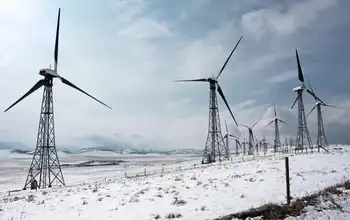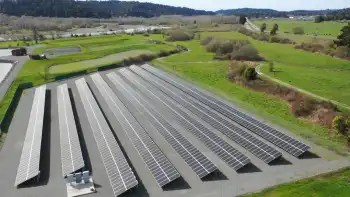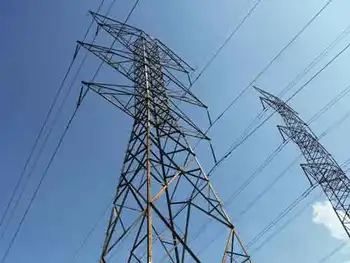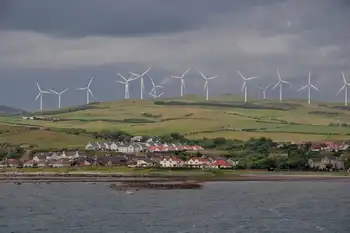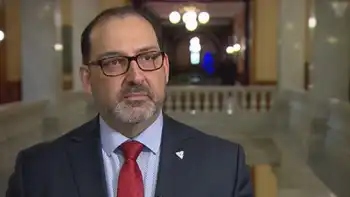Mexico turns toward alternative energy
By Associated Press
Arc Flash Training - CSA Z462 Electrical Safety
Our customized live online or in‑person group training can be delivered to your staff at your location.

- Live Online
- 6 hours Instructor-led
- Group Training Available
Mexico is trying to exploit its rich wind and solar potential after relying almost exclusively on petroleum for decades. With oil production down by 9.2 percent in 2008, Mexico now is turning to foreign companies, mainly Spanish, to tap its renewable riches.
"If we don't do something about this problem of climate change it probably could become — I'm sure it already is — one of the biggest threats to humanity," said President Felipe Calderon at the inaugural ceremony attended by about 1,000 residents, many of whom held on to their cowboy hats on this wind-swept day.
The new, $550 million project is in a region so breezy that the main town is named La Ventosa, or "Windy." It's on the narrow isthmus between the Gulf of Mexico and the Pacific Ocean, where winds blow at 15 mph to 22 mph (25 to 36 kph), a near-ideal rate for turbines. Gusts have been known to topple tractor trailers.
Spanish energy company Acciona Energia says the 6,180-acre (2,500-hectare) farm should generate 250 megawatts of electricity with 167 turbines, 25 of which are already operating. The rest should be on line by the end of the year, making the project the largest of its kind in Latin America.
It will produce enough energy to power a city of 500,000 people, while reducing carbon monoxide emissions by 600,000 metric tons each year, according to the company.
Esteban Morras, Acciona board member, said the project could be just the start for Mexico.
"This country has great potential for wind development and should take advantage," he said.
The project is also a joint venture with Cemex Inc. and will provide 25 percent of the Mexican cement giant's energy needs, fulfilling the company's goal of using alternative fuels.
Mexico hopes to boost the nation's wind energy capacity, mainly at La Ventosa, to 5,000 megawatts — about 10 times its current output. Wind energy now accounts for less than 2 percent of electricity production.
Energy Secretary Georgina Kessel said the government is planning a series of wind projects that by 2012 should generate 2,500 megawatts of electricity.
"The intensity of wind in various parts of the country can make our plants among the most efficient in the world," she said.
But the project hasn't been welcomed by local residents, who say they see few benefits and aren't being paid enough for use of their lands.
Several hundred protesters blocked a road leading to the site, holding a banner reading "no to the project."
The mayor of Juchitan, the municipality where La Ventosa is located, attended the ceremony but called for more benefits for the local community.
"We want to be part of a project that does not consider us just cheap labor but property owners and partners," Mariano Santana Lopez said.
Critics argue that foreign companies build the turbines, rent the land, run the project and produce the power for companies like U.S.-owned retailer Wal-Mart.
"They promise progress and jobs, and talk about millions in investment in clean energy from the winds that blow through our region," a leftist farm group known as the Assembly in Defense of the Land said in a statement. "But the investments will only benefit businessmen, all the technology will be imported... and the power won't be for local inhabitants."
The group is calling on supporters to "defend the land we inherited from our ancestors." But so far it hasn't been able to stop the project.
Acciona, for its part, says the construction of the project created 850 jobs.
Local residents, largely Zapotec Indians, are accustomed to foreigners' coveting their land. The United States demanded rights to transport goods over the isthmus in the 1850s, and foreigners tried to build a railway alternative to the Panama Canal there.






